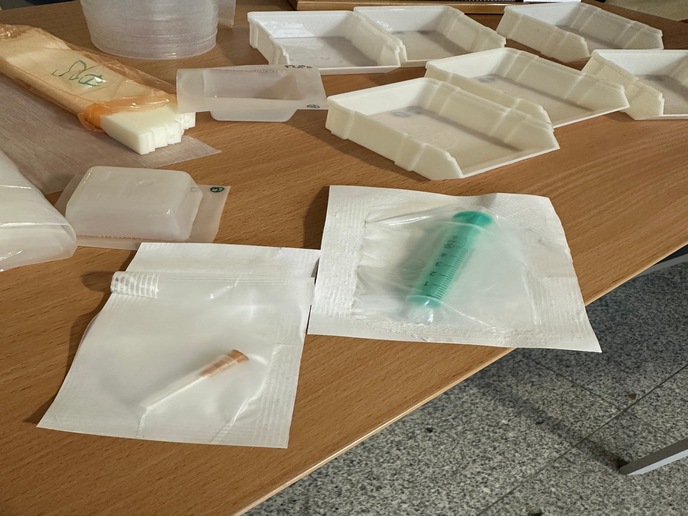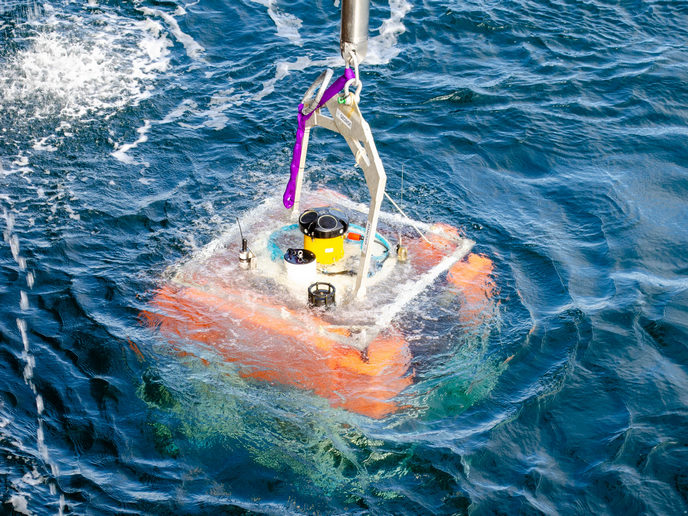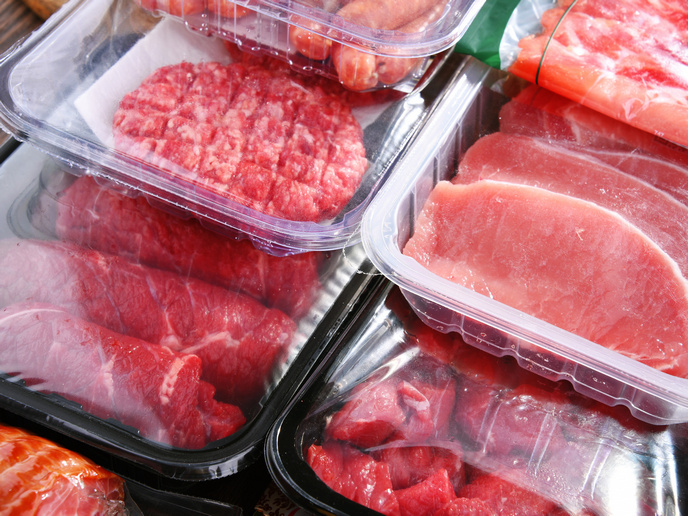Meeting the challenges of reusable waste
The techniques and technology used to separate and melt the plastics from demolition sites, for example, have yet to be honed for a viable solution. Producing high-purity polyolefin — a polymer used in a wide range of products — from such sites at acceptable costs remains elusive. With the support of EU funding, the W2PLASTICS(opens in new window) project found a novel technique using innovative technology to separate the debris from the plastics. It developed a cost-effective and clean technology based on magnetic density separation (MDS) and ultrasound process control to recover high-purity polyolefins from complex wastes. The MDS was tested and able to recover more than 90 % of high-grade polymers from complex wastes. According to researchers, Europe currently only recycles 1 million out of 14 million tonnes of polyolefins sold annually throughout the EU. Researchers discovered that the compatibility of secondary polyolefins extracted from waste not only depends on quality but also on their melt flow index (MFI). Finding a constant MFI is vital and was listed as one of the most important criteria by plastic industry companies in a market analysis. The process is carried out by pouring complex waste into a liquid that is magnetised. Researchers developed a tool that both detects and controls the magnetised liquid. Certain debris then floats to the top. Ultrasound is used next to correctly identify polyolefin before it is extracted. Project researchers also developed a new quality control tool called hyperspectral imaging to retrieve polyolefins from complex wastes. It describes and quantitatively measures the incidence and types of polyolefins and contaminants inside plastic waste streams. The cutting-edge sorting technology introduced by W2PLASTICS offers a sustainable, long-term and low-cost alternative to producing secondary materials. The project outcomes will help decrease the negative environmental consequences of the plastic recycling industry, help replenish resources, and boost the competitiveness and job market in Europe.







